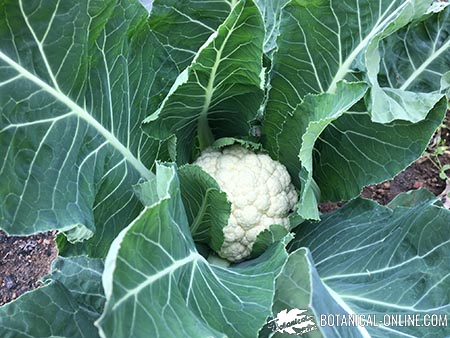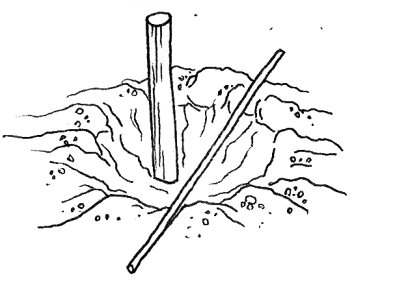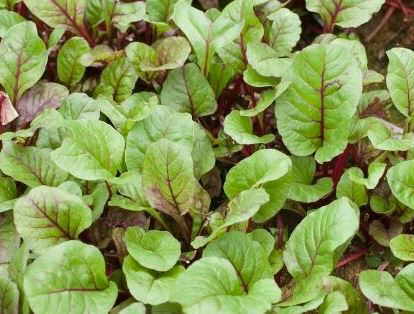Contents
Uses of proteins
What are proteins for?
Proteins constitute 80% of the dry weight of the cells of our body.
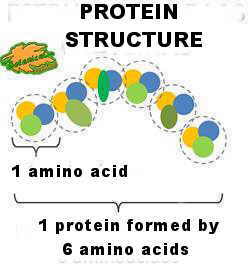 These are mainly classified into:
These are mainly classified into:
- Fibrous proteins: With structural and movement function. They form long fibers:
- keratin
- collagen
- elastin
- Globular proteins: With many different functions in the body. They are balloon-shaped. They are:
- enzymes
- cell receptors
peptide hormones
- immunoglobulins
- transport proteins
Structural function of proteins in our body
The structural proteins are those that shape and support the body, part of the skeleton, muscles, ligaments, tendons, cartilage, skin and bone. Also part of the eye, hair and nails. The are fibrous proteins of collagen, elastin and keratin.
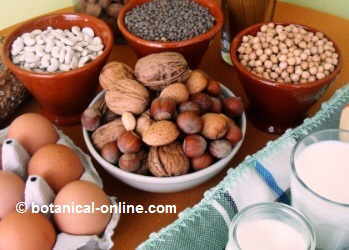
The most abundant structural protein in the body is collagen, which constitutes 30% of the total body protein. Its structure is formed by amino acids glycine (33%) and 25% of two special amino acids: hydroxyproline and to a lesser extent, hydroxylysine.
The body can make collagen with the presence of vitamin C. This is because the process of hydroxylation of amino acids is not possible without prolyl hydrolase enzyme and its coenzyme, vitamin C, co-acting is necessary. Scurvy is a disease caused by malformed collagen (by vitamin C deficiency)
Elastin is, after collagen, the second most important connective tissue protein. It is also constituted by a high proportion of glycine, and is rich in alanine. As the name hints at, it is a protein that gives elasticity to tissues. The elastin is very abundant in the walls of blood vessels and lungs, which require high elasticity for breathing.
The skin is covered with a protein called keratin, which is renewed every month. But more inner layers of the skin are also composed of proteins, connective tissues and mucous membranes, which make it an excellent barrier against pathogens or substances that may be harmful to our bodies.
Moving function of proteins
Contractile proteins are fibrous proteins such as structural, dealing with the contraction of the muscles and decontraction, allowing the movement of our body. Through the muscle fibers, locomotor apparatus movement. The main fibers are elastin, actin and myosin
Immune system proteins
It is impossible for the immune system to work without proteins: On the one hand they are the immune system cells, as they are formed by proteins.
On the other hand, they allow recognition of the cells themselves by means of signaling proteins. Signaling proteins are located in the membranes of every cell as if they were a “identity card” in order the defensive cells to identify them as their own and do not attack the body itself.
Proteins make up the backbone of the defense cells and allow immune system functioning.
Defensive cells are a type of globular proteins. Among these are the immunoglobulins are glycoproteins formed by the binding of proteins and carbohydrates. Antibodies are one type of glycoproteins that act as defenses against those microorganisms or substances that attack us.
Among the cells that circulate in the blood, there are white blood cells that are the body’s defenses and contain lymphocytes B, T and NK.
Proteins are responsible for the activation of the complement system, which acts against attack by microorganisms and other particles:
The B lymphocytes are in charge of manufacturing those immunoglobulins. When skin protection systems are not enough and microorganisms and other substances get pass the barrier of defense, the protection system is activated and the protein work in the so-called acute phase. During this phase, the concentration of defensive cells is increased to alleviate external attack by the C-reactive protein, and a system called complement system consisting of proteins, among many other systems.
Thus, proteins are an essential part of the process for proper immunity, which, we perform an intake about it, which allows both proper functioning of the immune system as an efficient activity of our body and its protective functions.
Transporting protein function
Each protein has a unique structure that makes it specific for a particular function. The components of proteins react to different substances to produce nutrient exchange. Carrier proteins are those that regulate the transport of substances such as oxygen throughout the body by blood flow.
Examples of carrier proteins include:
- Hemoglobin and myoglobin: Two proteins having affinity for oxygen, capturing it and transporting it through the body. Hemoglobin is a protein consisting of iron that is present inside red blood cells. Myoglobin is a protein that, like hemoglobin, captures oxygen, and, for this reason, it has similar structures. It serves to store oxygen for the body, and is in the muscles and heart to provide extra effort when oxygen is required (sport, fear, etc.).
- Albumin: abundant protein in the blood that is responsible for transporting substances, such as drugs, throughout the body.
For example, respiration is made possible by hemoglobin present in blood cells (RBCs). When red blood cells pass through the lungs, hemoglobin containing reacts capturing oxygen in the alveoli (oxyhemoglobin) and transporting it by the body.
When red blood cells or erythrocyte cells, loaded with oxygen, pass through a cell that does not have oxygen and contains carbon dioxide, these gases are interchanged, leaving the oxygen in the cell and returning the carbon dioxide to the lungs, where it is expelled and exchanged again with oxygen. Thus, cellular respiration takes place.
Digestive and metabolic function of proteins
Digestive enzymes are involved in the degradation of macronutrients into smaller particles for our body to absorb them. Digestive enzymes are proteins. Without them there can be no nutrition. Therefore, when there is protein malnutrition it is not possible to assimilate food you eat though.
On the other hand, catabolic enzymes speed up metabolism and allow this takes place while they are necessary, are substances that help regulate metabolic processes.
Proteins to transmit signals
Proteins are part of cellular membranes forming cell receptors and bridges of exchange of substances between a medium and another of the cell. Most hormones and substances (such as drugs or nutrients) penetrate inside cells through proteins
Hormonal function of proteins
Some proteins have a bio-regulating function when being part of peptide proteins. Most hormones are proteins, and deal with regularly from the growth to the development of our body.
For example, part of the growth hormone TSH (in charge of regulating thyroid function), sex hormones (responsible for regulating the menstrual cycle or sperm maturation), and even hormones responsible for the alert situations, such as adrenaline.
* Related information:
– How to combine vegetable proteins
![]() More information on amino acids.
More information on amino acids.

